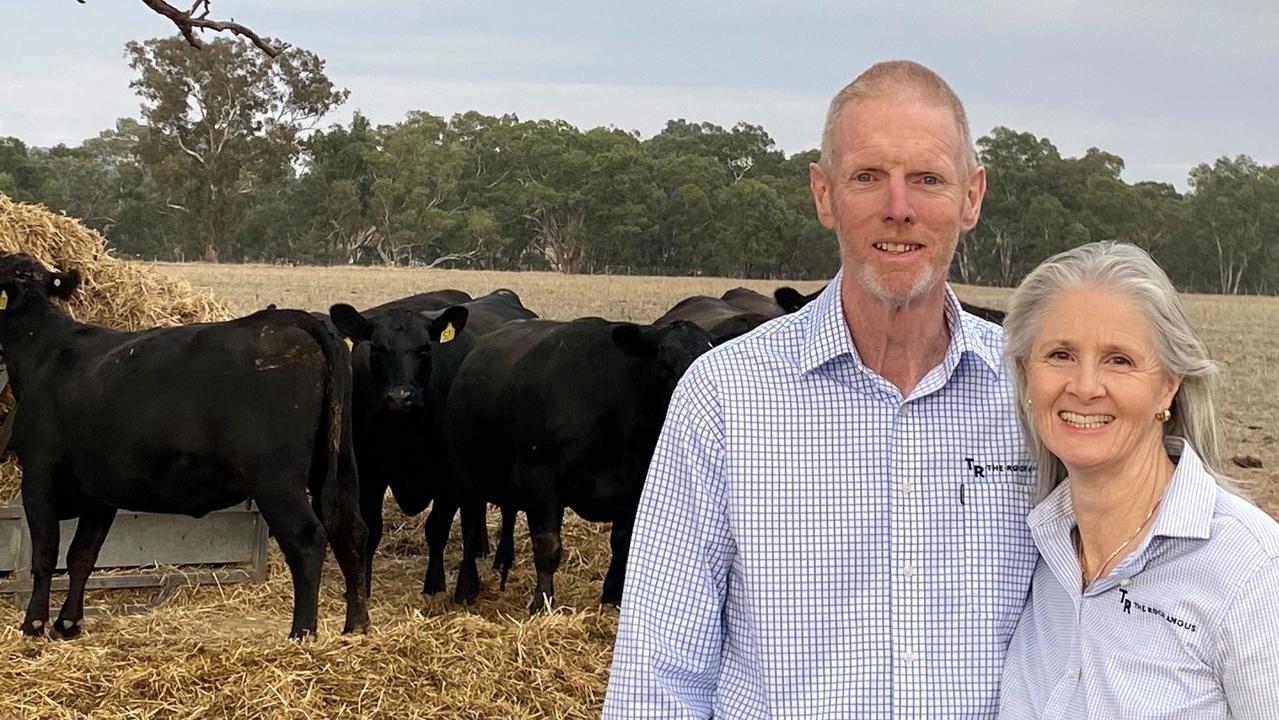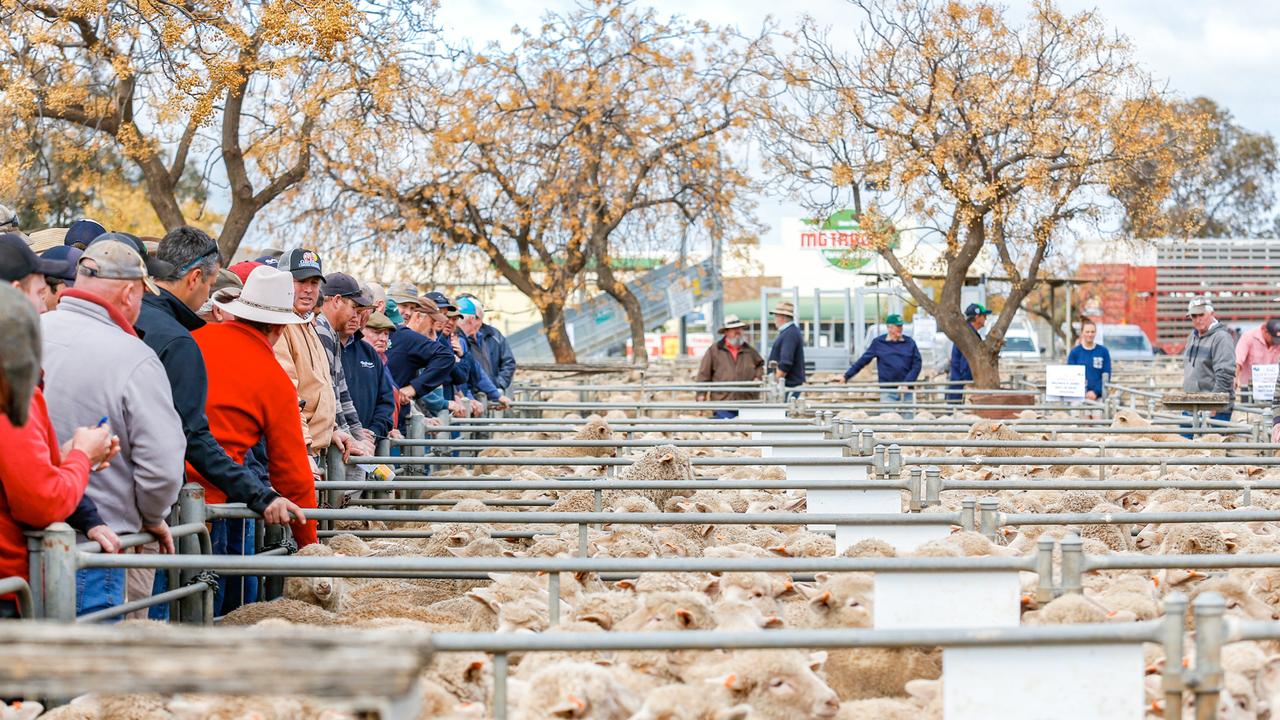Plan to help in livestock transport rollover
A program which gives a protocol to follow in the event of a livestock transporter rollover will be relaunched in an attempt to lift awareness.

A program which gives a protocol to follow in the event of a livestock transporter rollover will be relaunched next week in an attempt to lift awareness.
Livestock Assist provides a 24-hour national hotline to co-ordinate emergency responses when heavy vehicles carrying livestock are involved in accidents.
Livestock and Rural Transporters Association of Victoria chief operating officer Alina Hawkins said the program prioritised driver safety and animal welfare.
“In the event of a livestock accident, the standard procedure is for Livestock Assist to be contacted immediately to manage the scene from start to finish in a timely manner to avoid additional animal welfare issues,” Ms Hawkins said.
“The service provides comprehensive support, including animal management, vehicle recovery, medical assistance, driver repatriation, trauma counselling, and message referral.”
She said Livestock Assist was typically the first point of contact in the event of a livestock rollover.
“They liaise with Agriculture Victoria, which subsequently coordinates with Victoria Police and other relevant agencies to manage the scene efficiently and professionally,” Ms Hawkins said.
And while major operators were aware of the system, especially across Victoria, Ms Hawkins said some interstate carriers did not know that Livestock Assist was available. And with the number of processing facilities in Victoria that drew stock from other states, she said it was vital carriers were aware of the program.
Industry figures show there were up to 18 livestock transport rollovers reported last year, and not all were Victorian operators. The management of 16 of these followed the Livestock Assist protocol.
Smaller carriers, and even farmers who truck their own stock, also needed to be aware that Livestock Assist was in place, she said.
“It’s not only carriers but even some emergency service personnel are just not aware there is a process which can be followed,” Ms Hawkins said.
“A livestock transport accident is very different to a normal accident.”
The program will be relaunched at the Australian Livestock and Rural Transporters Association in Canberra next week.
Victorian Farmers Federation livestock group president Scott Young said it was important to lift the profile of Livestock Assist.
“You can call a number if there is an incident and there is a plan in place that people can follow,” Mr Young said.
“I don’t think that Livestock Assist is well enough known and it allows an incident to be sorted out right away, in the right way.”




